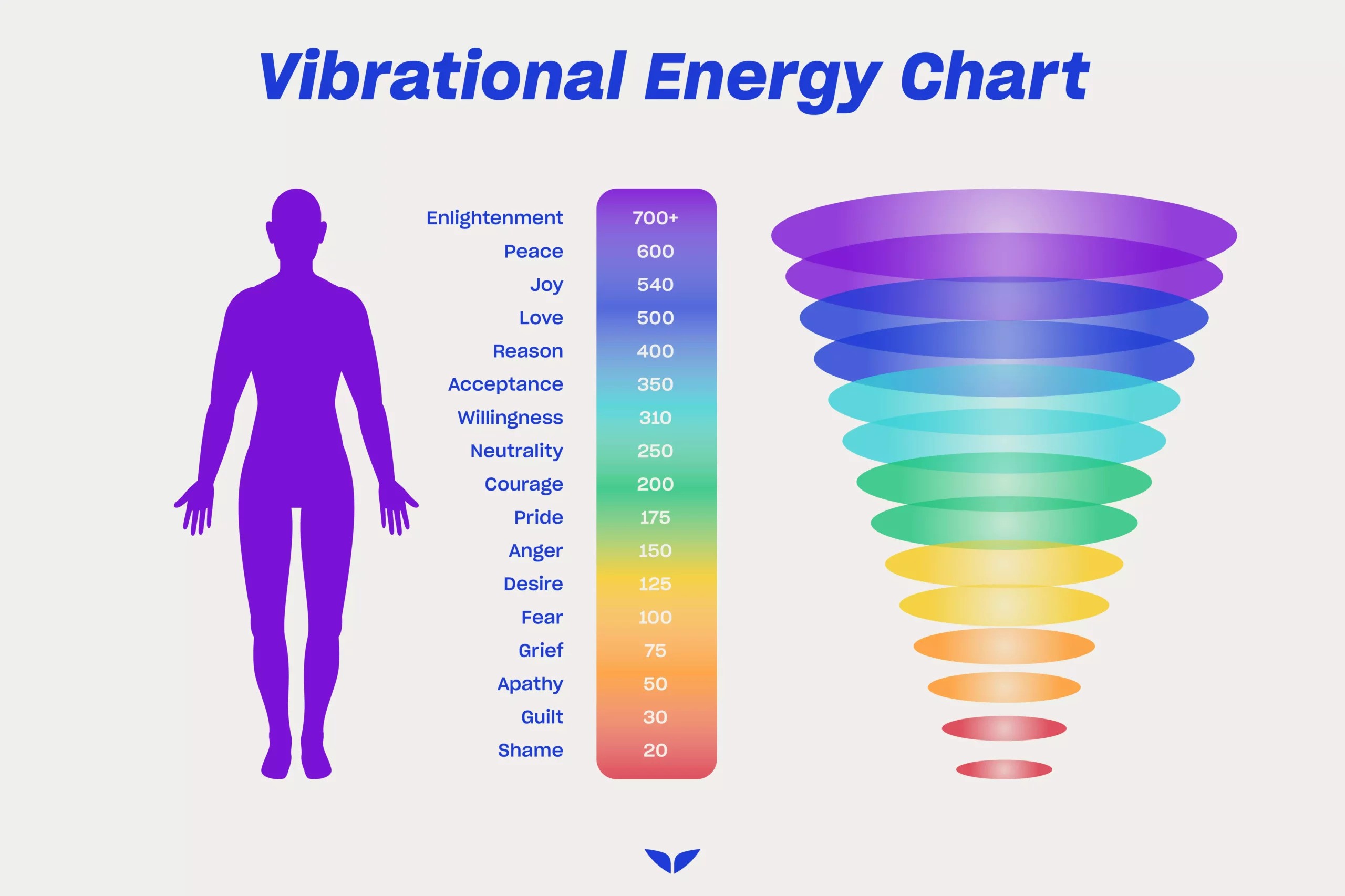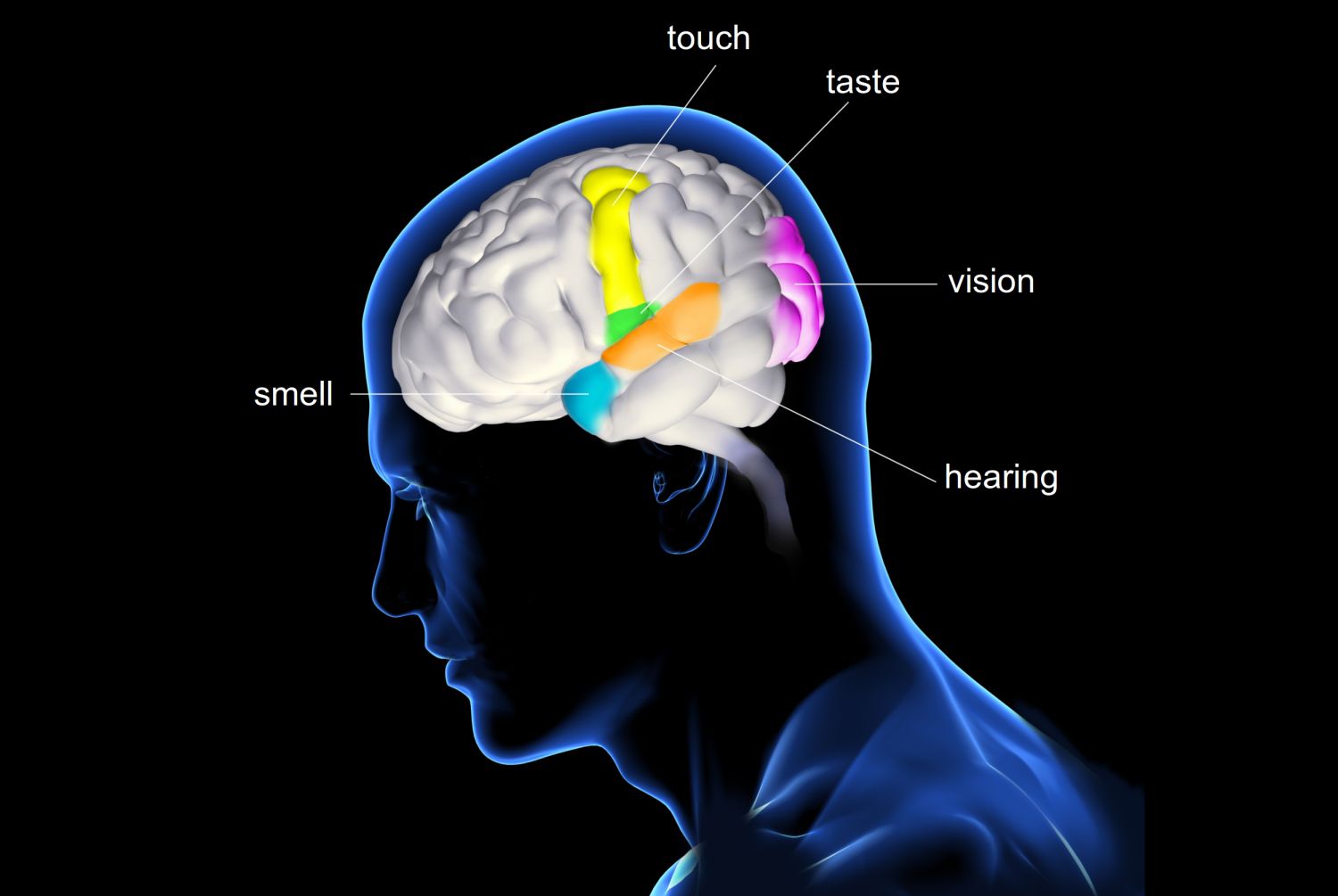Is it Safe to Do Mindfulness? Unveiling the Truth Behind the Practice
When it comes to the bustling rhythm of modern life, finding solace in the practice of mindfulness has become a sought-after refuge for many. But amidst its rising popularity, a pressing question lingers: Is it safe to do mindfulness? This seemingly simple inquiry opens the door to a world of nuance, exploring the intricate balance between mental wellness and the potential risks involved in such introspective practices. As we delve into the heart of mindfulness, we invite you on a journey to discover the safety and transformative power of this ancient yet ever-relevant technique.
Introduction to Mindfulness
In today's fast-paced world, the quest for mental peace often leads to the question, "Is it safe to do mindfulness?" This ancient practice, rooted in Buddhist tradition, has gained immense popularity as a stress-reducing technique. But what exactly is mindfulness, and why are people from all walks of life gravitating toward it?
Mindfulness is the art of being present and fully engaged with whatever we're doing at the moment — free from distraction or judgment, and aware of our thoughts and feelings without getting caught up in them. It's like hitting the pause button on life's chaos, allowing us to savor the here and now.
"Mindfulness means paying attention in a particular way: on purpose, in the present moment, and nonjudgmentally." – Jon Kabat-Zinn
The practice is often associated with meditation, but it's not limited to it. Mindfulness can be integrated into daily activities such as eating, walking, or even listening to music. The key lies in maintaining a moment-by-moment awareness.
The benefits of mindfulness are backed by science, with research showing its positive impact on mental and physical health. However, like any practice that involves delving into the psyche, questions about its safety are valid and worth exploring. So, let's embark on this journey to uncover the essence of mindfulness and its place in our lives.
Mindfulness Explained: What It Is and How It Works
At the heart of the mindfulness phenomenon is a simple yet profound practice that has the potential to alter the way we engage with our own minds. But what's the deal with mindfulness? How does it work its magic?
The concept of mindfulness centers on the idea of being acutely aware of what you're sensing and feeling at every moment — without interpretation or judgment. By fostering a heightened state of awareness, mindfulness can help break the cycle of habitual reactions to life's stressors.
- Focus on the Present: Mindfulness anchors you in the present moment, curbing the human tendency to dwell on the past or fret about the future.
- Acceptance: It encourages acceptance of your present experience, whether pleasant or unpleasant, which can lead to greater emotional equilibrium.
- Nonjudgmental Observation: By observing thoughts and feelings from a distance, mindfulness promotes a detachment that can reduce the impact of negative emotions.
The mechanics of mindfulness involve various techniques, including meditation, breathing exercises, and sensory focus. These practices aim to cultivate a state of mindful awareness that can be applied to all areas of life.
So, is it safe to do mindfulness? The answer is, generally, yes. However, it's not a one-size-fits-all remedy. The key to safe practice lies in understanding your own boundaries and seeking guidance when necessary, especially if you're dealing with severe mental health issues.
The Benefits of Mindfulness: Is it Safe to Do Mindfulness?
Touted for its myriad benefits, mindfulness has been embraced by many as a safe haven for mental health. But let's get real—is it safe to do mindfulness for everyone, and what are these benefits that have everyone raving about it?
For starters, mindfulness has been shown to reduce stress, improve focus, and contribute to a better quality of life. It's like a mental gym where you strengthen your ability to manage emotions and thoughts.
- Stress Reduction: Mindfulness can downsize stress by changing how you respond to stressors.
- Enhanced Focus: It sharpens your ability to concentrate, keeping your mind from wandering off on a tangent.
- Emotional Regulation: By becoming more aware of your emotions, you gain the power to navigate them more skillfully.
- Improved Relationships: Mindfulness can help you respond to others with more empathy and understanding.
These benefits are not just subjective claims; they're grounded in clinical research. However, the safety of practicing mindfulness comes with a caveat. It's generally safe for most people, but it's not a panacea. For individuals with certain psychological conditions, diving deep into mindfulness without proper guidance might stir up discomfort or more serious issues. Thus, it's crucial to approach mindfulness with a blend of enthusiasm and caution, particularly if you're new to the practice or have existing mental health concerns.
Potential Risks and Considerations
While mindfulness is a largely beneficial practice, it's not without its potential pitfalls. So, when we ask, "Is it safe to do mindfulness?" we need to consider the full picture.
For some individuals, particularly those with a history of trauma or severe mental health conditions, mindfulness exercises can trigger adverse reactions. These can range from increased anxiety to the resurfacing of past traumas. It's like opening a Pandora's box of emotions that, if not managed properly, can lead to overwhelm.
- Heightened Anxiety: Focusing on the present moment can sometimes amplify anxiety for those already prone to it.
- Emotional Discomfort: Confronting difficult emotions and thoughts during mindfulness can be unsettling, especially without proper support.
- Over-Identification: There's a risk of becoming too wrapped up in the negative thoughts and emotions that arise during practice.
That said, these risks shouldn't deter you from exploring mindfulness. Rather, they should encourage you to approach the practice with self-awareness and possibly under the guidance of a qualified professional. It's essential to listen to your body and mind, and to seek out mindfulness programs that offer support and adapt to your individual needs.
Mindfulness for Different Populations
Mindfulness isn't a one-size-fits-all solution, and its safety and efficacy can vary across different groups of people. So, when pondering, "Is it safe to do mindfulness?" it's important to consider who's doing the practicing.
From stressed-out executives to students, mindfulness has shown promise across a broad spectrum of populations. However, the approach may need to be tailored to fit the unique needs of each group.
- Children and Adolescents: Mindfulness can help with focus and emotional regulation but should be age-appropriate and engaging.
- Seniors: It can enhance cognitive function and well-being in older adults, though modifications may be necessary for those with mobility or cognitive limitations.
- Patients with Chronic Illness: Mindfulness can alleviate symptoms and improve life quality, but should be coordinated with medical care.
It's also worth noting that cultural considerations play a role in how mindfulness is perceived and practiced. What's comforting and familiar to one group may be foreign or uncomfortable to another. Therefore, mindfulness programs that respect and incorporate cultural sensitivities are more likely to be both safe and effective.
How to Practice Mindfulness Safely
So, you're sold on the benefits and ready to dive in, but you want to make sure you're doing it right. "Is it safe to do mindfulness?" you wonder. Absolutely, if you follow some simple guidelines.
Here's the lowdown on practicing mindfulness safely:
- Start Slow: Ease into the practice. Begin with short sessions and gradually increase the duration as you become more comfortable.
- Choose the Right Environment: Find a quiet, comfortable space where you're unlikely to be disturbed.
- Focus on the Breath: Breathing exercises are a great entry point to mindfulness and are generally safe for everyone.
- Seek Professional Guidance: If you have a history of mental health issues, consider seeking out a mindfulness program led by a qualified instructor.
Remember, mindfulness is not about achieving a perfect state of calm, but about being present with whatever arises, without judgment. And if at any point you feel overwhelmed, it's okay to pause and seek support. Mindfulness is a personal journey, and there's no shame in taking it at your own pace.
Conclusion: Embracing Mindfulness with Awareness
In wrapping up our exploration of the question, "Is it safe to do mindfulness?" we've seen that mindfulness is, for the most part, a safe and beneficial practice. It's like a mental oasis in the desert of our daily hustle, offering a respite for the mind and soul.
However, mindfulness isn't a silver bullet, and it's essential to approach it with a sense of personal responsibility and awareness. By being mindful of our own limits and seeking guidance when needed, we can harness the full potential of mindfulness to enrich our lives in a safe and meaningful way.
So, whether you're a seasoned practitioner or a curious newcomer, remember that the journey of mindfulness is one of discovery and growth. It's about finding balance, embracing the present, and cultivating a compassionate awareness that extends beyond ourselves. With these insights in hand, may your mindfulness practice be both safe and transformative.



